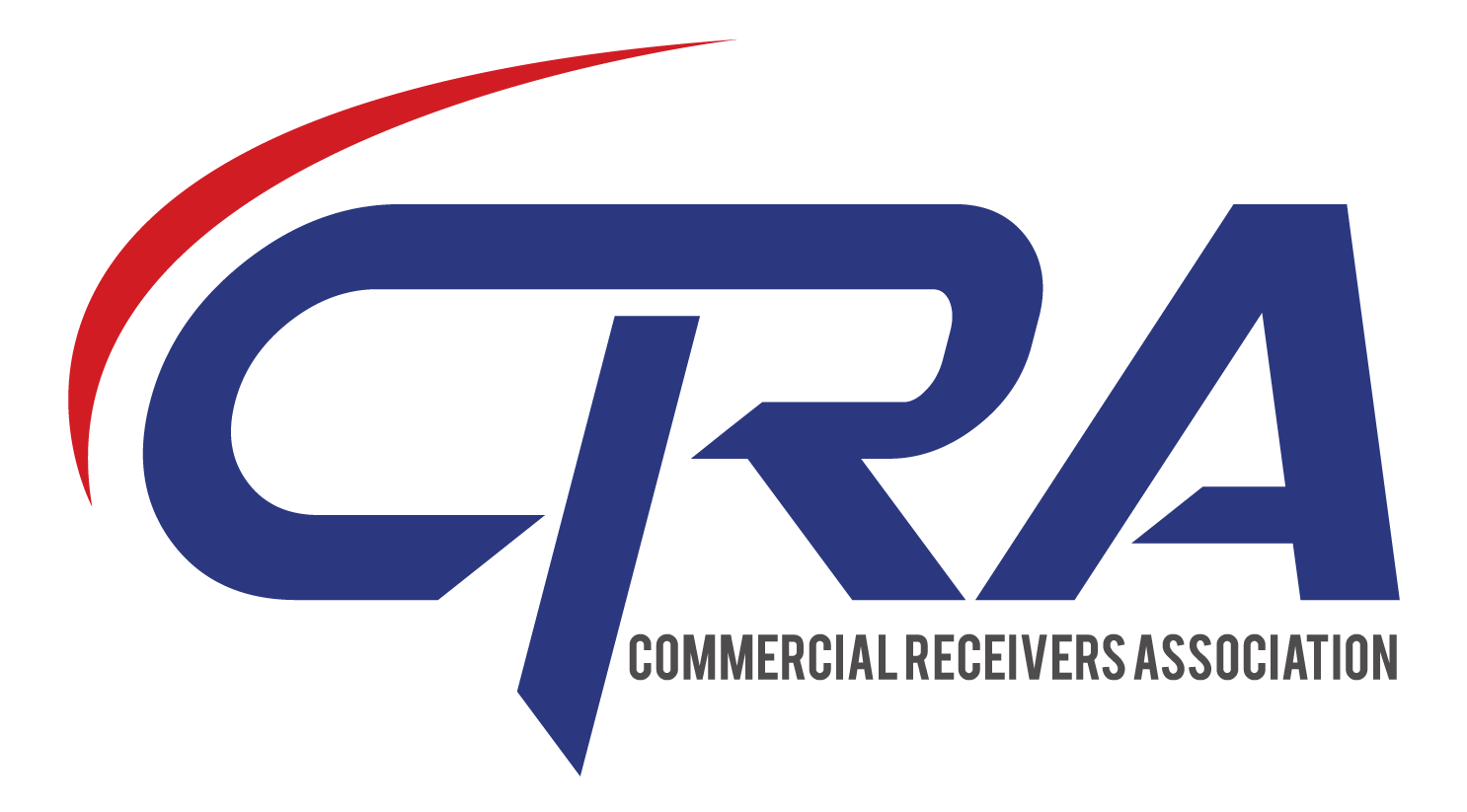By: Bill Lawrence | Revitalization Partners
Determining the fair market value of assets for a company that is operating as a going concern requires a substantial effort to ensure that a receiver is maximizing the value of assets on behalf of the company’s creditors. For example, under the Washington State Receivership Act, the receiver is required to obtain approval from the court after sufficient notice to all interested parties to enable them to comment on the proposed sale of assets. This process requires that receivers are able to justify the value of the proposed sale and make the case that it represents the best and highest value for the assets when viewed objectively.
This effort begins with determining the liquidation value of the physical assets. To initiate that process, we typically bring in a firm that has experience in valuing physical assets, and which also has the capabilities to conduct an auction, should that be required. This type of firm, in our experience, provides the most realistic valuation of the physical assets to use as a baseline for establishing the minimum value for a going concern asset sale. The going concern valuation, in addition to the value of the physical assets, also includes estimates for intangible assets, tradenames, customer lists, websites, and the value of the sustainable revenue in a going concern environment.
The Building Blocks of Success
A significant element in establishing the best and highest price is to establish sales and bidding procedures to be used to attract possible bidders. The bidding protocols could include minimum acceptable bid price, as well as bidding increments and overbid procedures, depending on the nature of the business and the number of bidders anticipated. Those procedures may also include qualifications for potential bidders and a bidding deadline for any bids to be submitted.
It’s important to communicate to potential bidders that the assets are sold free and clear of all liens, that there are no contingencies allowed and that the winning bidder must make a cash downpayment and remit the balance in cash at closing. Selling the assets free and clear of all liens is a substantial benefit to potential buyers, as they are not responsible for any liabilities previously incurred by the company and have unencumbered use of the assets after the sale is consummated.
Identifying individuals or companies that might be interested in bidding on the assets is also an important part of the process. We have found that there are many different sources for potential bidders, including vendors, key members of the management team, competitors, or former or current owners of the business. We also place ads in trade magazines, typically in the businesses for sale section, which often generate significant interest.
Typically, we receive a number of offers for the assets being sold and as part of the process we vet potential buyers to ensure they have the ability to fund the purchase at closing. Those parties also conduct due diligence during this period, as one of the important elements of the sale is that they purchase assets on a “where is/as is” condition. In other words, there is no recourse to the receiver or the company after closing. We also use this process to negotiate an increase in the purchase price, if possible, when there are multiple buyers.
The Value Premium
The process typically results in a sales price that is substantially better than the liquidation value that was obtained early in the process. A recent example of this was when we recently sold the assets of a company and in court pleadings stated, “Given the facts and circumstances of this case, the purchase price is clearly more than 50% of the fair market value of the tangible and intangible assets being sold.” The court agreed and subsequently approved the sale, based on the facts submitted. As a result of this sale, we were able to pay off 100% of the secured debt and were in position to return a portion of the proceeds to the members of the LLC.
The process of maximizing the value of the assets is an art form and a science. As such, it’s important for the receiver to have experience in operating companies to obtain the best value for the benefit of creditors. Those skills sets, coupled with experience in marketing and selling assets in an operating company, substantially improves the prospects for success.
Bio:
Bill Lawrence is a Principal at Seattle-based restructuring and corporate advisory firm Revitalization Partners, which has served as a receiver in more than 30 cases in the Pacific Northwest. He and his partners write regularly about the operational and financial challenges in successfully restructuring companies. Learn more in the firm’s blog as well as its e-book, “Insights to Grow, Build or Save Your Business!”


